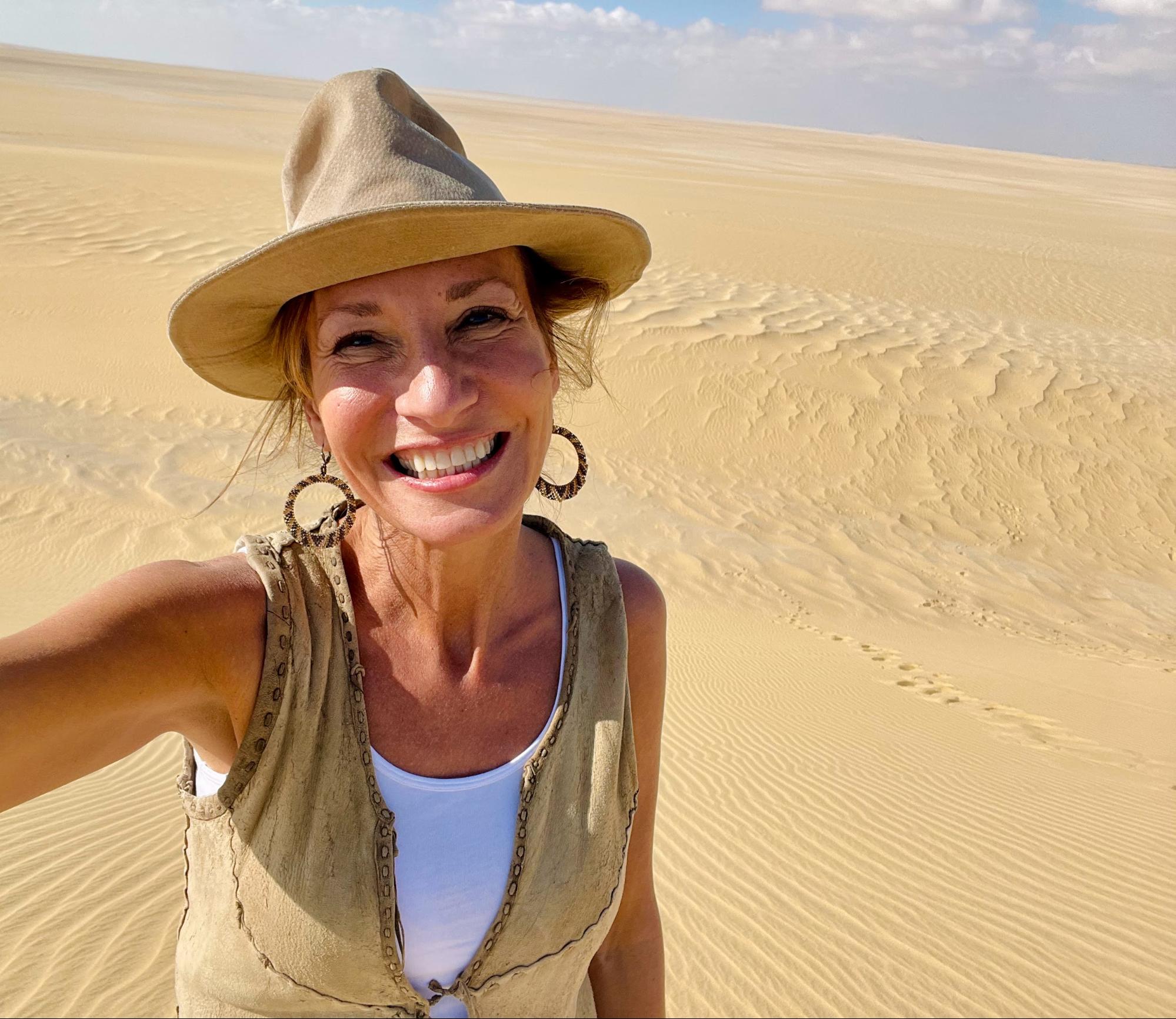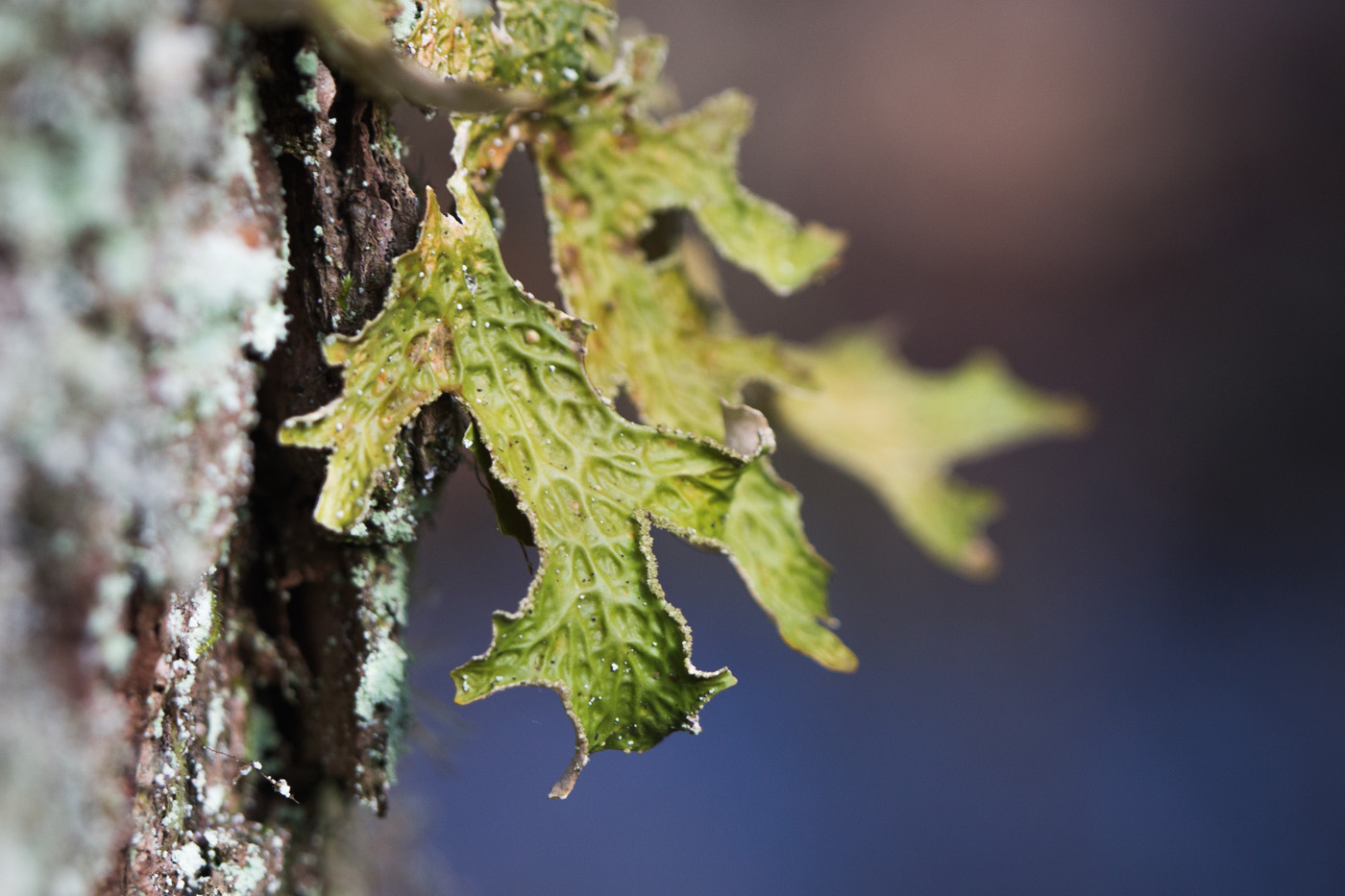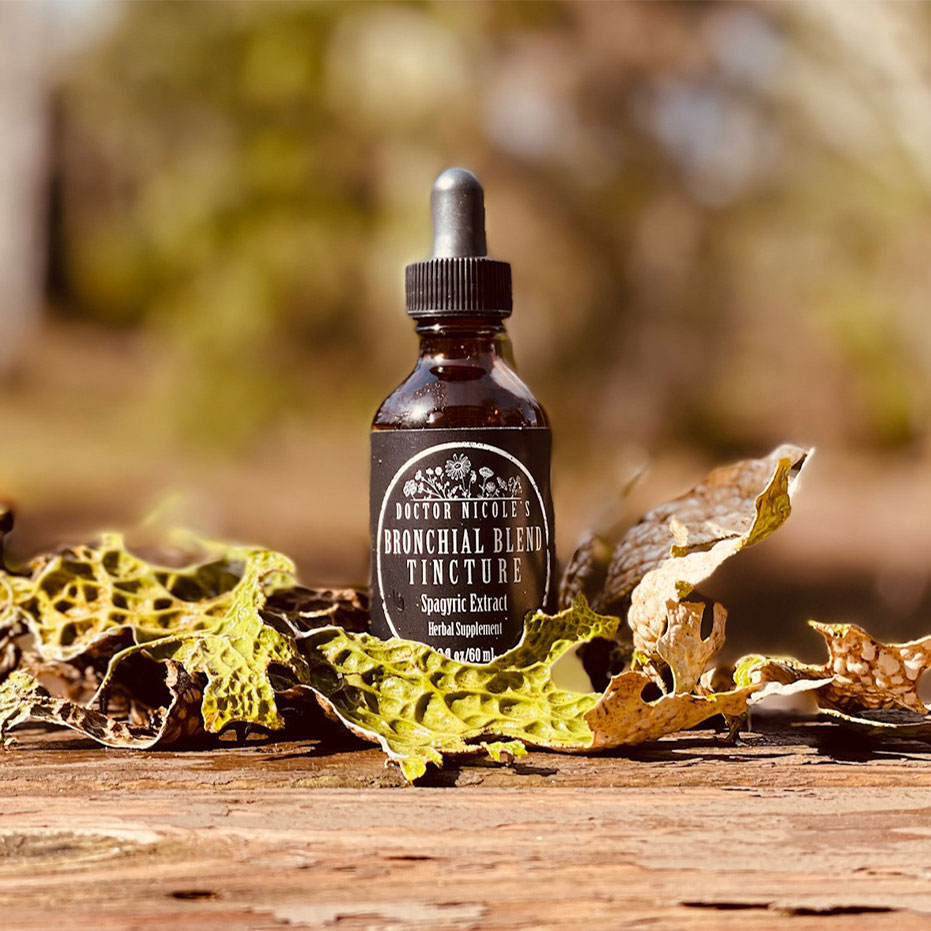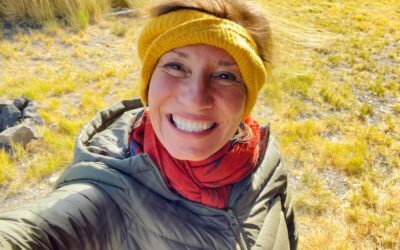A Complex Fungal Infection of the Lungs
Valley fever can mimic other lung infections, making it difficult to identify — especially at first. But if you live in California, Nevada, Colorado, Utah, Texas, Washington State, or the Southwest, it’s important to know the signs. That’s because the fungus that causes it lives in the soil across these regions. Also known as coccidioidomycosis, it develops when you breathe in dust or air that contains Coccidioides spores. About 20,000 people in the USA are diagnosed with valley fever each year.
Most people recover without medical intervention within a couple of weeks or up to several months. However, some require antifungal medications to address symptoms, while a small number may progress to severe illness that requires hospitalization. You can also develop a chronic infection that is difficult to overcome and presents symptoms similar to tuberculosis or influenza that can continue for years — including ongoing fever. Valley fever typically arises within a few days or up to three weeks after exposure.1 Keep reading to learn more about lifestyle habits and herbal remedies that can help prevent severe disease and hasten recovery.
What are the symptoms?
Since valley fever can mimic many other types of infections, you may not know you have it. It is important to note that the condition isn’t contagious — it requires direct exposure to the spores in order to develop. Common symptoms include:
- Chills
- Fever
- Muscle aches
- Painful or stiff joints
- Cough
- Night sweats
- Significant fatigue
- Shortness of breath
- Swollen ankles, feet, or legs
- Painful rash on the upper body or legs
- Lack of appetite
If the infection spreads, serious complications can arise. When it progresses to this stage, it’s called disseminated coccidioidomycosis. Look for the following indicators:
- Skin ulcers or lesions
- Lesions on your bones, skull, and spine
- Significant joint issues
- Secondary infections, such as meningitis
Those with compromised immune systems — such as the elderly or those with HIV/AIDS — can develop tuberculosis-type symptoms, including:
- Fever
- Chest pain
- Weight loss
- Pneumonia
- Coughing up blood
If the condition has progressed to disseminated coccidioidomycosis, hospital care is required.
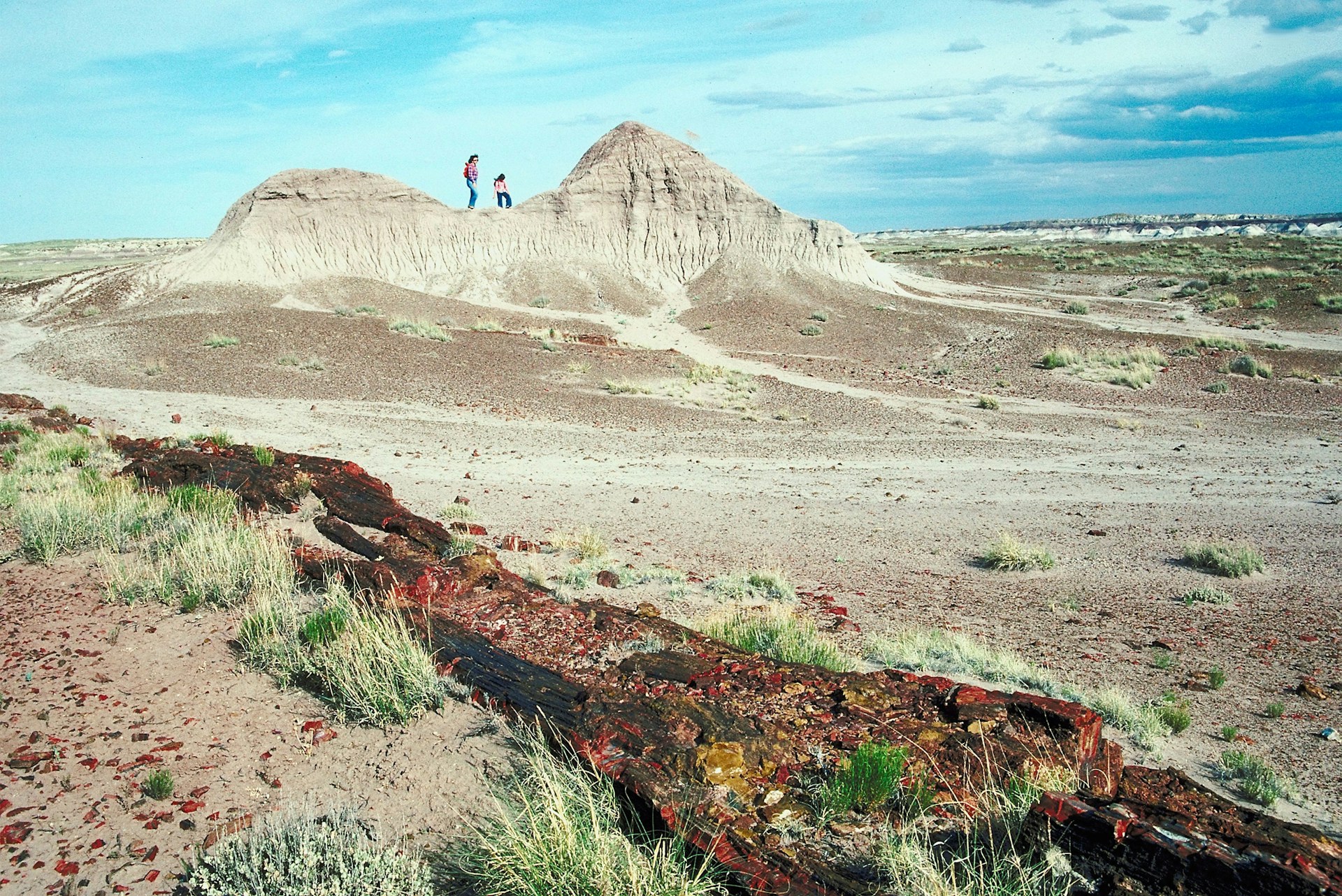
Risk factors
In addition to the regions mentioned above, the spores that cause valley fever are also found in Central and South America. However, they can travel hundreds of miles when the soil is disturbed by construction, weather events, industrial farming, and wind. Those most at risk include:
- Living in an area where Coccidioides is present in the soil
- Exposure to a dust storm or disruptive weather in high-risk areas
- Immunocompromised individuals, including those being treated with anti-tumor necrosis factor (TNF) drugs.
- Over the age of sixty
- Diabetic
- Pregnant
- Work in archeology, agriculture, construction, or (outdoor) military
If you develop a serious valley fever infection or it has spread beyond the lungs, conventional treatments include antifungal medications such as fluconazole for three to six months with the possibility of a hospital stay for monitoring. For those who develop meningitis from the infection, lifelong fungal treatment is required, as it can be life-threatening.
Prevention
While there isn’t a way to prevent infection if you’ve been exposed, you can take precautions if you live in an area where valley fever is prevalent, particularly during the dry weather following the rainy season. Consider the following tips from the Mayo Clinic:2
- Wearing an N95 respirator mask during activities such as gardening, digging, or other yard work that can stir up spores into the air, especially if you are pregnant, over the age of 60, or have a compromised immune system.
- Remaining indoors during dust storms and utilizing a high-efficiency particulate air (HEPA) filter.
- Avoiding areas with disturbed soil, such as construction sites.
- If you garden or need to dig, wet the soil to minimize dust.
- Staying indoors and windows tightly closed during windy weather.
- If you have a skin injury, make sure to clean it well and protect it with a bandage.
- Make sure to hose down pets or anything that has been outdoors before bringing inside. It is also important to wash off dust from outdoor furniture before using.
Breathe Easy: Natural Lung Support
If you suspect you have valley fever, it is important to consult with your healthcare provider for proper diagnosis and treatment. I also recommend supporting overall lung health through natural remedies to help fortify against valley fever and to avoid severe illness. My two favorite herbs for this purpose are Lungwort Lichen (Lobaria pulmonaria) and Mullein (Verbascum thapsus). Both are found in our potent Bronchial Blend. Here are their unique beneficial properties:
Lungwort lichen soothes respiratory inflammation; clears the lungs of congestion; and is helpful against bacterial infections, including staphylococcus, pneumonia, and salmonella. Mullein is outstanding for clearing mucus and lessening its formation; relieving tight breathing, cough, and wheezing; encouraging the expulsion of phlegm; and assisting with bronchial and severe respiratory illness symptoms.
LIFE SAVER!
“My husband was diagnosed with ARDS (Acute Respiratory Distress Syndrome) in November and spent 17 days in ICU. We were told the cause of his severe lung damage is unknown; probably something he has breathed in. Our whole life has changed and he is on continuous oxygen. Someone told me to make him Mullein tea and gave me Nicole’s website as well.
I purchased the Bronchial Blend and we both believe this product has made a huge difference in protecting him from other illnesses this winter. His lungs are also improving and he has gone from being unable to perform regular ADL’s to now he can shower alone, drive, and cook a meal. He is still on continuous oxygen, but has come a long way in the last 3 months. We are ordering our 2nd bottle now.” -Sandra
If you’re navigating valley fever or another respiratory challenge, our powerful Bronchial Blend offers targeted herbal support to soothe, strengthen, and protect the lungs. Formulated with botanicals known for their anti-inflammatory, immune-supportive, and lung-clearing properties, this blend is formulated for those who need real relief.
Stop by the apothecary today and discover how herbal medicine can help to support lung health — naturally.
Nicole Apelian
Nicole’s Apothecary Products in this Post
References
- “Valley Fever” Cleveland Clinic. https://my.clevelandclinic.org/health/diseases/17754-valley-fever
- “Valley Fever” Mayo Clinic. https://www.mayoclinic.org/diseases-conditions/valley-fever/symptoms-causes/syc-20378761#risk-factors

